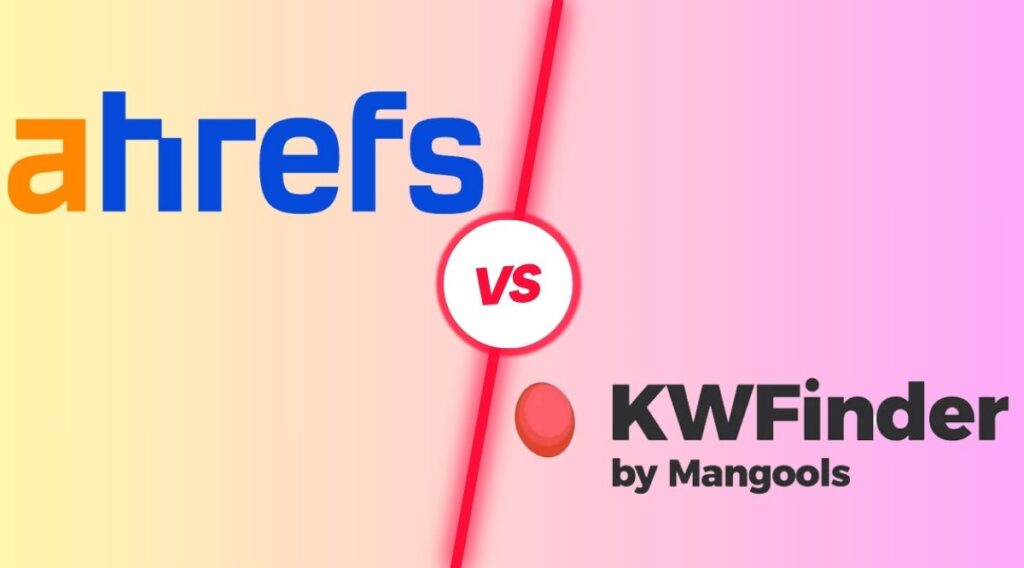In today’s increasingly globalised marketplace, understanding cultural differences is no longer optional – it’s essential. Businesses expanding across borders often discover that what works in one region may fail in another. This is where the concept of low and high-context marketing strategies becomes crucial. These approaches, rooted in cultural communication styles, determine how brands convey messages, build relationships, and ultimately influence consumer behaviour. By grasping the difference between low and high context strategies, marketers can develop campaigns that resonate with diverse audiences, avoid costly misunderstandings, and strengthen their global presence.
What Do Low and High Context Mean?
The terms low Context and high Context originate from cultural communication theory. They describe how much meaning is carried in words themselves versus the surrounding Context.
- Low-context communication relies heavily on explicit messages. Words are direct, clear, and leave little room for interpretation. Countries like the United States, Germany, and Scandinavian nations often fall into this category. Marketing in such cultures thrives on straightforward claims, detailed information, and transparency.
- High context communication, on the other hand, depends significantly on non-verbal cues, shared knowledge, and cultural nuances. Words may be fewer, but meaning is layered and often implied. Japan, China, the Middle East, and Latin America are typical examples. Here, marketing relies on storytelling, symbolism, relationships, and trust rather than raw detail.
Understanding this distinction lays the foundation for marketers who need to adapt their approach for different cultural environments.
Characteristics of Low Context Marketing
Low context marketing aligns with audiences who value clarity, facts, and directness. Several key features define this approach:
- Detailed Messaging – Campaigns tend to emphasise product features, specifications, and measurable benefits. Consumers expect complete transparency.
- Direct Calls to Action – Advertisements clearly tell the customer what to do next: buy, subscribe, sign up, or click.
- Rational Persuasion – Logic, evidence, and statistics often drive purchasing decisions. Reviews, case studies, and side-by-side comparisons are effective.
- Uniform Understanding – Because messages are explicit, companies don’t rely on cultural background knowledge for interpretation.
For example, a car advertisement in a low-context culture may highlight horsepower, safety ratings, price comparisons, and fuel efficiency. The focus is on facts that leave little ambiguity.
Characteristics of High Context Marketing
High context marketing appeals to audiences who rely on subtlety, shared culture, and emotional connections. Its main features include:
- Storytelling and Symbolism – Campaigns often use metaphors, images, and narratives that resonate emotionally.
- Indirect Messaging – Instead of telling consumers exactly what to do, the message inspires or alludes to deeper meanings.
- Relationship Focused – Trust, loyalty, and long-term relationships matter more than instant conversions.
- Cultural Nuance – Messages often assume shared traditions, values, and social Context.
An example might be a luxury watch advertisement in Japan that focuses not on the mechanics but on themes of legacy, craftsmanship, and family honour. The meaning is embedded in shared cultural references, not explicit product details.
Also Read: What Is Enterprise Marketing Automation
Benefits of Low Context Marketing
- Clarity – Messages are less likely to be misunderstood.
- Efficiency – Direct communication speeds up decision-making.
- Scalability – Campaigns can be easily replicated across similar markets.
- Transparency – Customers feel informed and confident in their choices.
Benefits of High Context Marketing
- Emotional Depth – Story-driven approaches create memorable brand associations.
- Loyalty Building – Emphasis on relationships fosters long-term commitment.
- Cultural Respect – Aligning with traditions builds credibility.
- Differentiation – Symbolism and creativity help brands stand out in crowded markets.
Challenges of Low Context Marketing
- May feel too impersonal in cultures where emotional connection is key.
- It can appear blunt or even offensive in high-context societies.
- Overreliance on data may ignore the human element of consumer behaviour.
Challenges of High Context Marketing
- Messages risk being misunderstood by outsiders unfamiliar with cultural nuances.
- Campaigns are less scalable across diverse regions.
- Indirect messaging may frustrate audiences expecting clarity.
Choosing the Right Strategy

The choice between low and high context strategies depends on multiple factors:
- Target Market Culture – Is the audience more analytical or relational? Do they prefer facts or stories?
- Industry Type – Technology products often benefit from low context clarity, while fashion and luxury thrive on high context symbolism.
- Business Goals – Are you aiming for quick conversions or long-term brand building?
- Communication Channels – Social media platforms like LinkedIn may reward directness, while Instagram or TikTok allow for more high-context storytelling.
Blending Low and High Context Approaches
In practice, the best global campaigns often combine both approaches. A brand may provide detailed specifications on its website (low Context) while running emotionally charged storytelling campaigns on television or social media (high Context). This hybrid strategy ensures clarity while still building emotional resonance.
Example: Apple
Apple’s global marketing exemplifies this blend. On one hand, their website offers explicit product details like technical specs and pricing (low Context). On the other hand, their television ads often focus on lifestyle, creativity, and personal empowerment rather than just features (high Context).
Example: Coca-Cola
Coca-Cola campaigns emphasise emotions, happiness, and shared moments – hallmarks of high context messaging. At the same time, their promotional material often contains direct calls to action and factual details when necessary, appealing to both cultural styles.
The Role of Digital Transformation
Digitalisation has reshaped how Context functions in marketing. Online platforms blur cultural boundaries and require marketers to adapt strategies quickly. Some considerations include:
- Personalisation – Algorithms now allow for tailoring campaigns to individual preferences, blending both direct details and emotional stories.
- Social Media Influence – Platforms such as TikTok or Instagram thrive on visual storytelling (high Context), while platforms like LinkedIn remain more fact-driven (low Context).
- Global Accessibility – Brands must create content that resonates universally while respecting local cultural codes.
Practical Tips for Marketers
- Research Local Norms – Invest in cultural insight before launching campaigns.
- Test and Adapt – Use A/B testing to see whether direct messaging or storytelling works best.
- Balance Logic and Emotion – Successful campaigns appeal to both head and heart.
- Train Global Teams – Ensure marketing professionals understand cultural communication differences.
- Leverage Technology – Use analytics to track which strategies perform better across regions.
Also Read: Why Is Content Marketing Important
Common Mistakes to Avoid
- Assuming One-Size-Fits-All – What works in the US may fail in Japan.
- Over-Simplifying Culture – Cultures are dynamic, and subcultures within a country may lean toward different communication styles.
- Neglecting Context Online – Even digital platforms reflect cultural preferences in communication.
- Ignoring Consumer Emotions – Focusing only on facts or only on stories risks alienating a portion of your audience.
Looking Ahead
As globalisation deepens, the line between low and high context strategies continues to blur. Younger generations exposed to digital media may adopt hybrid preferences, valuing both transparency and storytelling. Meanwhile, artificial intelligence and advanced analytics will help brands predict which type of message resonates with specific audiences. Companies that master this balance will not only avoid cultural pitfalls but also unlock stronger, more meaningful connections with their customers worldwide.
Conclusion
Understanding low vs high context marketing strategies is more than a cultural exercise – it’s a business necessity. Low context strategies deliver clarity, speed, and efficiency, while high Context approaches build emotional depth, loyalty, and cultural resonance. The most successful global brands learn to integrate both, adapting their methods based on audience expectations, industry, and communication platforms. By mastering these approaches, marketers can create campaigns that cross borders seamlessly, resonate with diverse audiences, and drive sustainable business growth.
FAQs (Frequently Asked Questions)
What is the main difference between low and high context marketing?
Low context marketing relies on clear, direct communication, while high context marketing depends on cultural cues, relationships, and shared understanding. The choice relies on the target audience and their communication style.
Why should businesses care about cultural Context in marketing?
Cultural Context shapes how people interpret messages, advertisements, and brand interactions. Ignoring it may lead to miscommunication, while adapting to it can create stronger trust and deeper customer connections.
Which industries benefit most from high-context marketing?
Industries that thrive on relationships and emotional connections—such as luxury goods, hospitality, and lifestyle brands—often see better results with high context strategies. These approaches build loyalty through storytelling and subtle cues.
Can a business use both low and high context strategies?
Yes, many successful companies blend both approaches depending on audience segments and campaign goals. This hybrid strategy allows brands to reach global markets while maintaining cultural sensitivity.
How can small businesses apply context-based marketing effectively?
Small businesses can start by understanding their local audience’s preferences and adapting their communication style accordingly. Even simple adjustments—like tone, imagery, or messaging—can make a significant impact on customer engagement.










